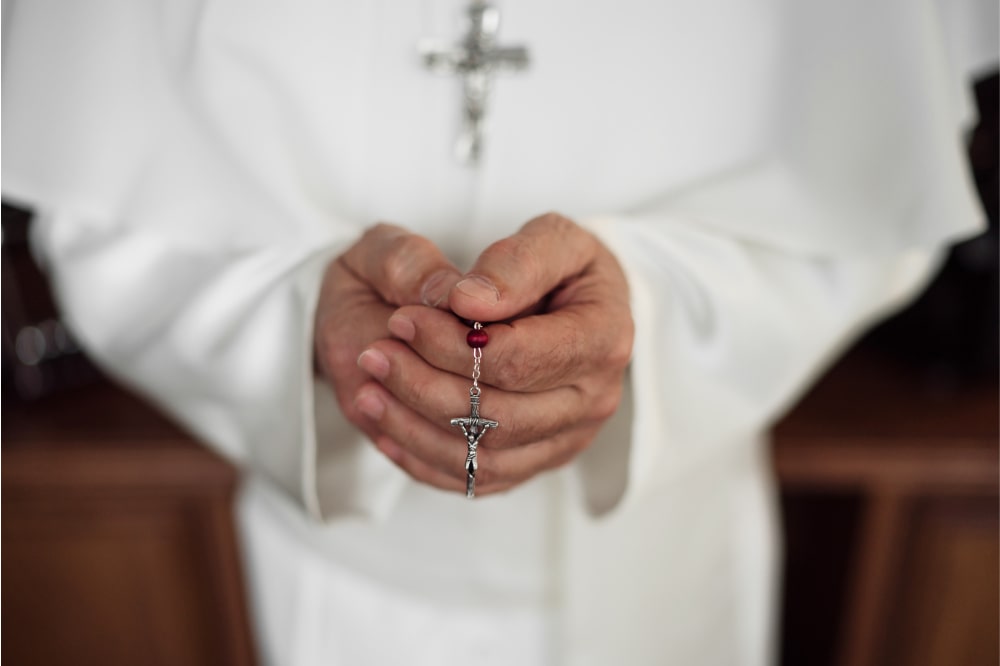For centuries, Black Madonnas have been at the heart of many devotional cults in Italy and beyond. Let’s explore the origins of this particular vision and get to know the Black Madonnas in Italy.
When we think of Madonna, if we visualize her in our minds, we will almost certainly imagine a beautiful woman, enveloped in long, light robes and surrounded by white and pure light. We’ll think of her ageless, timeless face, which in many works of art portrays her as a child even next to her Son. There is no place for darkness when it comes to the Virgin Mary, no room for shadows. Yet, it is surprising to note how much space the devotion to the so-called Black Madonnas occupies in our country and how many countries and cities are famous for a sanctuary of the Black Madonna.
After all, the iconography of the Black Madonna is ancient, with many examples existing in both painting and sculpture, spread throughout the world. These representations depict the Virgin with a dark, if not entirely black, face. Staying in Italy, just think of the Madonnina of Tindari, the Madonna of Loreto, or those of Oropa or Viggiano.

Marian Titles: what are they and how many are all the names dedicated to Mary
Marian Titles: all the appellations with which Mary, mother of Jesus, is…
But where does this particular cult originate? We have seen that the Madonna is venerated in different places with many titles, the so-called Marian titles, sometimes derived from dogmatic attributes, other times linked to popular devotion, sacred images, or the apparitions of the Madonna in specific locations. Likewise, Black Virgins can have different origins.
In some cases, the face of the Madonna appears dark because it is blackened by smoke or the effects of oxidation on the original colours. In some cases, especially for Marian cults originating in Africa or South America, such as that of Our Lady of Guadalupe, the Virgin has been depicted with somatic features close to those of the local populations. In Byzantine art, and particularly in icons, the oxidation of the silver leaf, used for the faces of the Madonna and the Saints, darkens the pigments, making them even black.

The apparitions of Our Lady of Guadaloupe
By the Apparitions of Guadalupe, we refer to the four appearances of Our Lady to Juan Diego…
Furthermore, the assimilation of previous cults, such as that of the Earth Mother Goddess or Isis, led to the ‘conversion’ of statues depicting deities associated with the earth or the night into representations of Mary, without changing their original characteristics.
It also happened that statues arrived by sea from the East, carved in a dark wood entirely unknown in our country. They began to arrive already during the time of the Crusades, as spoils of war, but also to save them from persecutions or the iconoclastic fury that raged repeatedly in those lands. During the Crusades, many religious orders, especially the Carmelites and the Franciscans above all, contributed to bringing these representations of Black Madonnas to the West. The Templars, in particular, appreciated the Song of Songs, of which St. Bernard of Clairvaux, their founder, had written a commentary. Here, it spoke of the Sposa nigra sed formosa (Song of Solomon 1:5), “black but beautiful,” and this definition soon began to describe the Black Madonnas.
The most famous Black Madonnas in Italy and around the world
We mentioned the Madonna of Loreto or the Lauretana Virgin. But why is the Madonna of Loreto black? This devotion dates back to a 16th-century statue, which showed the face darkened by the smoke of oil lamps, as well as by the alteration of the original pigments. When in 1921 a terrible fire reduced the original statue to ashes, it was decided to create another one while maintaining the color. To do this, it was carved from the wood of a cedar from Lebanon taken from the Vatican Gardens.
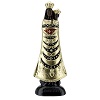
In the Sanctuary of Oropa, near Biella, the Gothic statue of the Black Madonna has been venerated since the first half of the 14th century, and its origins are lost in the ancient pre-Christian cults of the Celts. The entire sanctuary is located near erratic boulders, which were once pagan worship sites linked to fertility. The statue of the Black Madonna shows no signs of wormholes or wear, and dust never settles on her face.
In the Sanctuary of the Black Madonna of Tindari, a Byzantine statue of the Madonna is venerated, having arrived from the sea to escape the iconoclastic persecution in the East. Made of Lebanese cedar, it depicts the Madonna as Basilissa, “Queen seated on a throne,” sitting on a seat engraved with the quote from the Song of Songs that we have already mentioned: Nigra Sum Sed Formosa, “I am black but beautiful.”
The Black Madonna of Czestochowa, or the Black Virgin of Częstochowa, is a medieval Byzantine icon representing the Madonna and Child. Like other images of Black Madonnas, it has been attributed to Saint Luke the Evangelist. Profaned with axe blows in the 15th century, it has become a symbol of the Poles’ resistance to invasions.
The Virgin of Candelaria is the patron saint of the Canary Islands. A miraculous statue was found on the seashore in 1392 by two indigenous fishermen, who initially thought it represented an evil spirit due to the black colour of the face, and then began to venerate it.

The Madonna of Tindari: the Black Madonna and her sanctuary on the sea
The Madonnina di Tindari ‘chose’ to stop in the small town of the same…
The Three Maries of the Sea
In Saintes-Maries-De-La-Mer, France, three Maries who arrived from the sea from Palestine are venerated, fleeing persecution after the crucifixion of Jesus. One of them was Mary Magdalene, or perhaps Mary of Bethany, the sister of Martha and Lazarus, friends of Jesus, and the others were Saint Mary of Cleophas and Mary Salome, two of the pious women who witnessed the death of Christ. The veneration for these women mixed with Gypsy folklore, assimilating the figure of Sara, the Kali, the Black, a Romani queen who commanded the tribes of the Rhone delta, who predicted the arrival of the Pious Women and saved them from the shipwreck of their raft. Sara also has a black face, and over time, she took the place of Mary Magdalene in popular imagination and devotion.

Women at the Foot of the Cross: The Three Marys Present at Jesus’ Crucifixion
Virgin Mary, Mary of Cleophas, and Mary Magdalene: here are the pious…

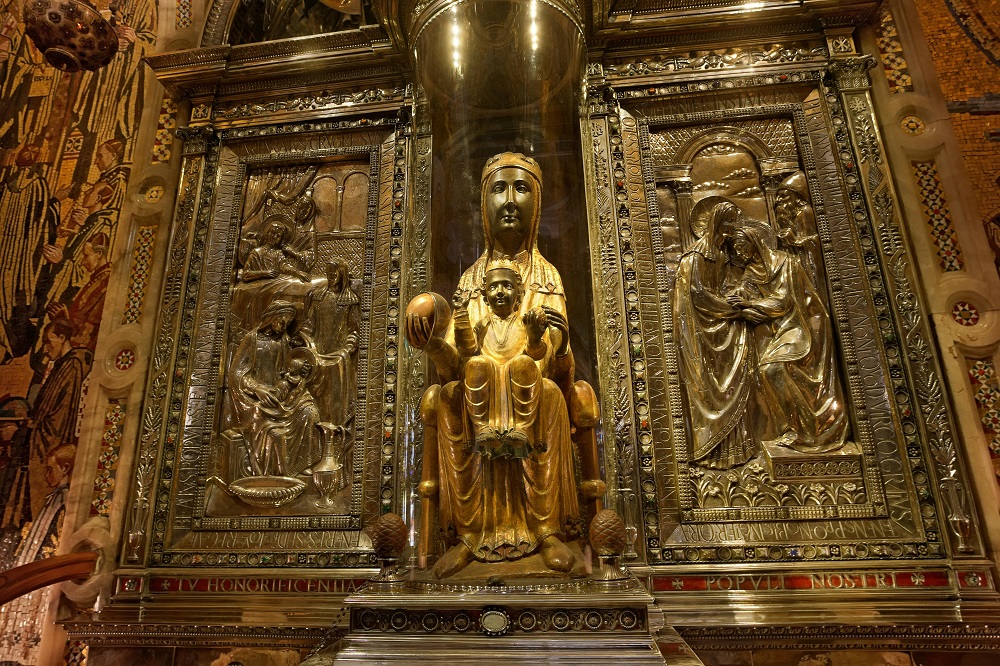
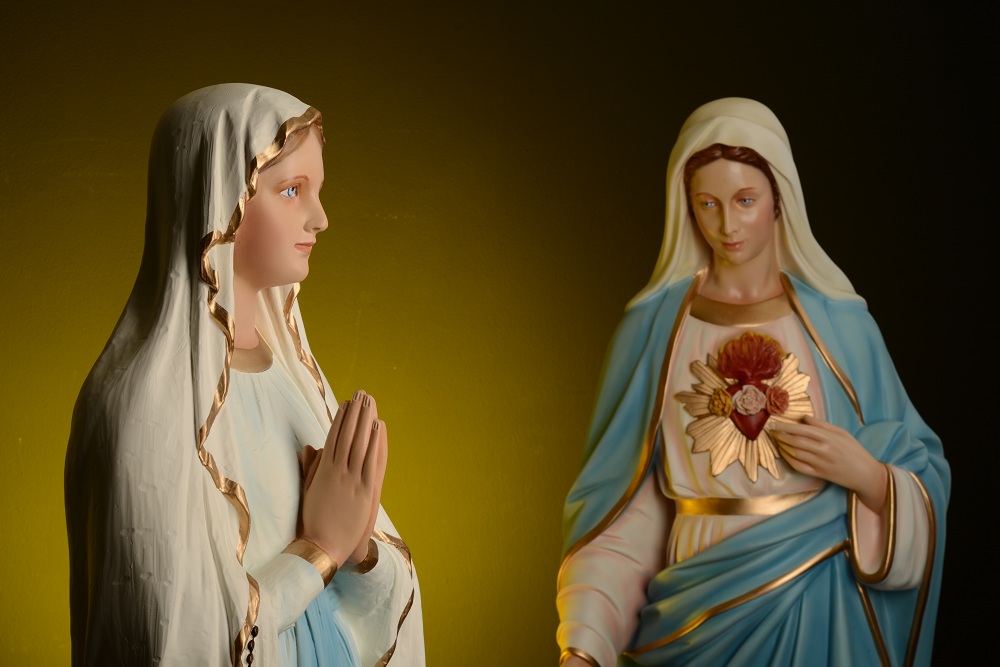
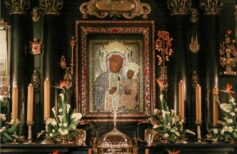
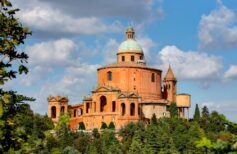

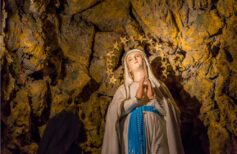
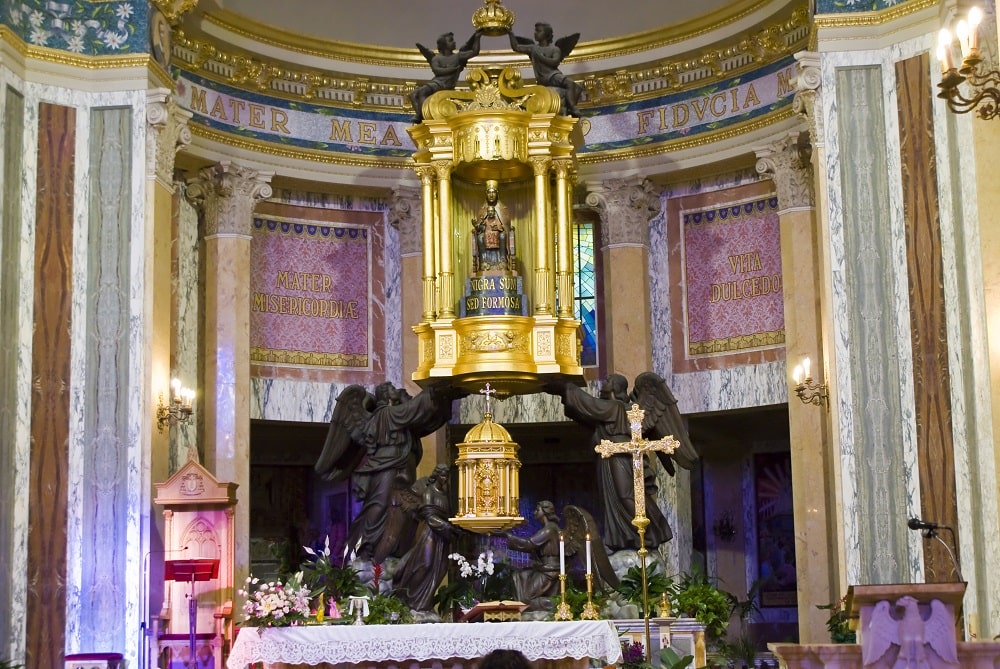











 19 March 2025
19 March 2025


